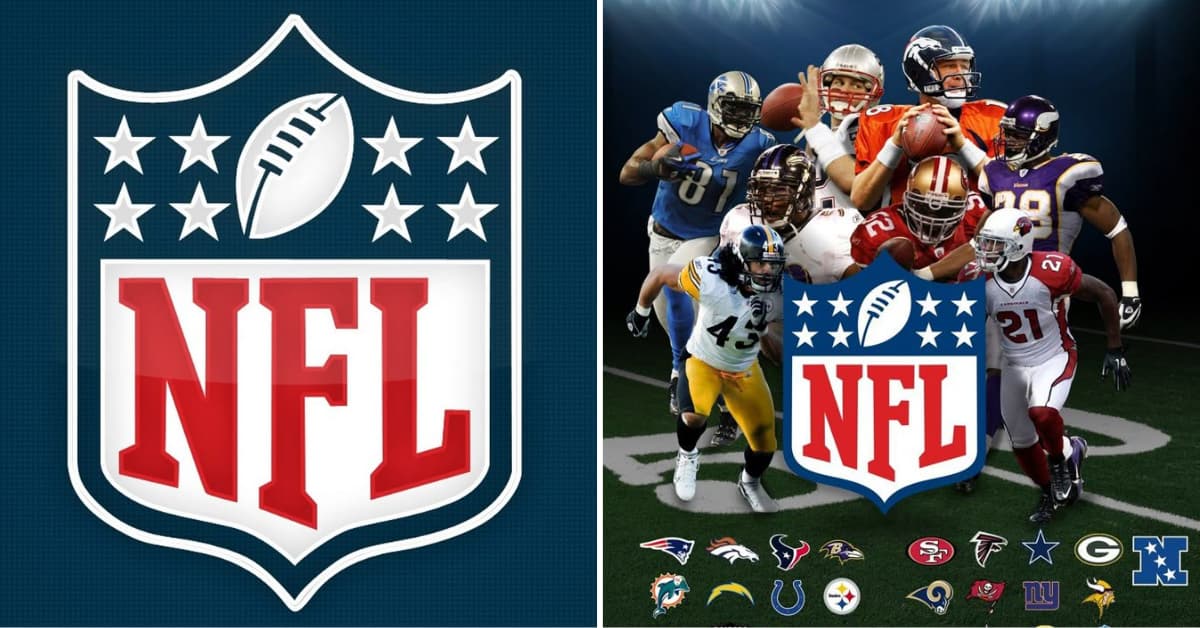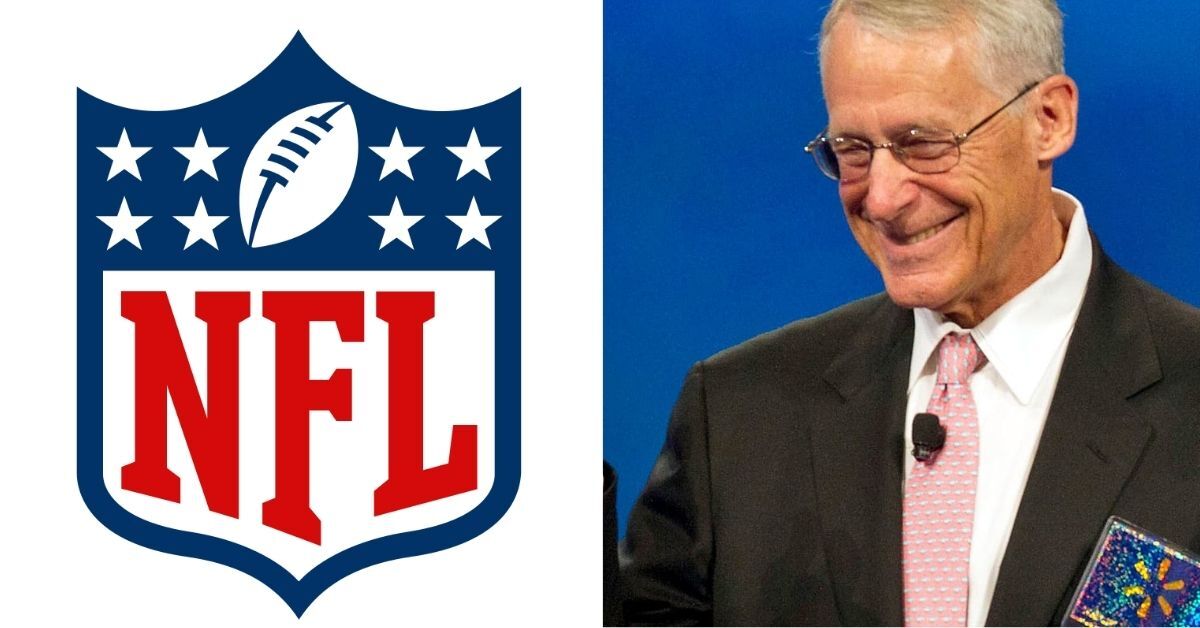The NFL (National Football League) is a $100+ billion sports empire, but its nonprofit history continues to spark confusion and controversy.
Many fans are surprised to learn that, for decades, the league office operated under a tax-exempt status, raising eyebrows about fairness in the U.S. tax code.
In this analysis, we’ll explore the NFL’s nonprofit past, why it gave up that status, how the league is structured today, and what it all means for fans and taxpayers alike.
NFL Business Overview
The National Football League stands as America’s most popular and profitable sports organisation, generating massive revenue through television contracts, sponsorships, and merchandising deals.
To understand the nonprofit confusion, examining the league’s fundamental structure reveals how it evolved from a simple sports association into a commercial powerhouse.
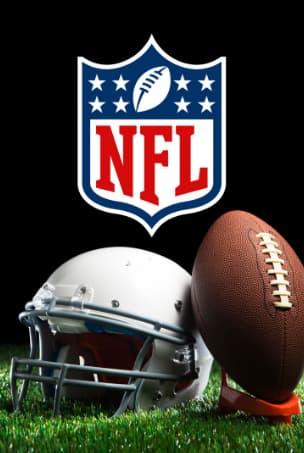
The NFL’s transformation from a tax-exempt entity to a fully taxable one reflects broader changes in how major sports leagues operate in the modern economy.
Key NFL Structure Facts
Here’s a quick overview of key facts about the NFL’s organisational structure and its evolution over time.
| Factor | Description |
|---|---|
| Founded | 1920 as the American Professional Football Association (renamed in 1922) |
| Nonprofit Status | NFL League Office operated as a 501(c)(6) until 2015 |
| Revenue (2024) | Estimated $20+ billion |
| Structure | League office (formerly nonprofit) + 32 for-profit teams |
| Reason for Tax-Exempt Status | Classified as a trade association representing its member teams |
| Why It Changed | Public scrutiny and media criticism led to the NFL voluntarily relinquishing 501(c)(6) status in 2015 |
| Current Status | The entire NFL structure now operates as a for-profit organisation |
The NFL League Office previously enjoyed tax-exempt status as a trade association until 2015; however, the league’s teams and overall operations have always been for-profit enterprises.
Timeline Of The NFL’s Nonprofit History
Understanding the NFL’s nonprofit journey requires examining key milestones that shaped its tax status evolution over nearly a century.
| Year | Event |
|---|---|
| 1920 | NFL Founded – The NFL was founded as the American Professional Football Association (APFA) and rebranded as the National Football League in 1922. |
| 1942 | First Nonprofit Filing – The NFL initially operated as a for-profit but filed for nonprofit status under Section 501(c)(6) to designate its central office as a trade association. |
| 1966 | Antitrust Exemption – The U.S. Congress passed the Sports Broadcasting Act of 1961, allowing the NFL an antitrust exemption. Congress approved a tax-exempt status in exchange for national broadcasts. |
| 1970s | Establishment of Revenue-Sharing – Revenue-sharing agreements between teams and collective bargaining set up the structure that separated the nonprofit league office from the for-profit teams. |
| 2000s | Scrutiny Over Tax-Exempt Status – Media and public criticism intensified as NFL revenues crossed $10 billion, raising questions about the fairness of the league office’s tax-exempt status. |
| 2013 | Legislative Pushback – Senators Tom Coburn and Angus King led efforts to challenge the NFL’s 501(c)(6) designation, questioning tax breaks for a multibillion-dollar enterprise. |
| 2015 | NFL Voluntarily Gives Up 501(c)(6) Status – Under mounting scrutiny, the NFL gave up its nonprofit designation. Commissioner Roger Goodell said it would reduce “distractions and misconceptions.” |
| Post-2015 | Taxable Status Established – The NFL league office now operates as a for-profit, taxable entity, aligning it with the structure of other professional sports leagues in the U.S. |
This timeline demonstrates the NFL’s evolution from a simple sports association to a complex commercial enterprise that ultimately abandoned tax-exempt status due to public pressure and changing perceptions about appropriate nonprofit designations.
Why Was the NFL Understood as a Non-Profit Organisation?
The NFL was understood as a non-profit organisation because it registered under section 501(c)(6) of the Internal Revenue Code, which is typically used for trade associations.
This allowed the league to separate its central administrative functions from the profit-driven operations of its teams.
By doing so, the NFL promoted transparency in its governance and positioned itself not as a commercial business but as a coordinating body that managed and supported the collective interests of its member franchises without directly engaging in profit-making activities.
Nonprofit Benefits That the NFL Enjoyed Till 2015
The tax-exempt status provided the NFL with exemption from federal income taxes on its central office operations, though individual teams remained fully taxable entities.
This arrangement allowed the league to reinvest administrative revenues into operations without paying corporate taxes on coordination activities.
However, the financial benefits were relatively modest compared to the league’s overall revenue streams.
What Is the NFL’s Structure Now?
Today’s NFL operates as a fully taxable for-profit organisation across all its operations, with both the central league office and individual teams paying corporate income taxes.
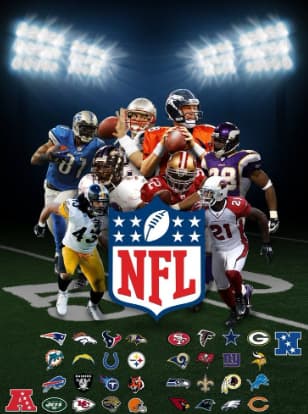
The current structure eliminates the previous distinction between the tax-exempt league office and taxable team operations, creating transparency and consistency.
This change aligns the NFL with other major professional sports leagues that operate under standard corporate tax structures.
What Factors Drove the NFL to Drop Its Nonprofit Status in 2015?
Several key factors influenced the NFL’s decision to relinquish its nonprofit status, including public criticism, financial considerations, and privacy concerns.
Public Backlash and Media Pressure
Intense media coverage highlighting the contrast between the NFL’s massive revenues and tax-exempt status created significant public relations challenges for the league.
Critics argued that a multibillion-dollar entertainment industry should not receive tax benefits typically reserved for charitable organisations and genuine trade associations.
The growing negative publicity threatened to overshadow the league’s on-field product and business relationships.
Desire for Privacy
Operating under nonprofit status required the NFL to file annual Form 990 documents, which disclosed executive compensation and other sensitive financial information to the public.
These filings revealed commissioner salaries exceeding $40 million annually, generating additional controversy about executive pay in tax-exempt organisations.
Abandoning nonprofit status allowed the league to maintain privacy around compensation and internal financial operations.
Minimal Financial Benefit
The actual tax savings from nonprofit status represented a relatively small portion of the NFL’s overall financial picture, making the continued controversy not worth the modest benefits.
Analysis suggested that the league office’s tax exemption saved only a few million dollars annually against revenues exceeding $10 billion.
The cost-benefit analysis clearly favored abandoning the tax-exempt status to eliminate ongoing political and public relations problems.
NFL’s Charitable Initiatives
The league emphasised its extensive charitable work through the NFL Foundation and various community programs to justify its previous nonprofit status.
However, critics noted that charitable activities alone don’t qualify an organisation for 501(c)(6) status, which is specifically designed for trade associations.
The NFL’s philanthropic efforts continue under its current for-profit structure through dedicated charitable subsidiaries.
The “Public Good” Argument
Supporters of the NFL’s former tax-exempt status argued that professional football provides entertainment value and community benefits that justify favourable tax treatment.
They contended that the league’s role in organising and coordinating team activities qualified it as a legitimate trade association deserving of tax exemption.
However, this argument lost traction as the league’s commercial success made it difficult to justify special tax treatment.
NFL Financial Operations And Revenue Streams
Understanding the NFL’s massive revenue generation helps explain why its nonprofit status became so controversial and ultimately unsustainable.
Media Rights
The NFL generates billions annually through comprehensive television contracts with major networks, including CBS, FOX, NBC, ESPN, and Amazon Prime.
These media deals represent the league’s largest revenue source, with centralised distribution ensuring that all teams benefit from national broadcasting agreements.
The current media contracts extend through 2033 and provide stable, predictable income that forms the foundation of the league’s financial success.
Revenue sharing from media rights ensures competitive balance by distributing national television money equally among all 32 teams regardless of market size or performance.
This system fosters financial stability, enabling teams in smaller markets to compete effectively with franchises in major metropolitan areas.
The centralised media revenue model demonstrates how the NFL operates as a coordinated business enterprise rather than a traditional trade association.
Sponsorships And Advertising
Major corporate partnerships generate substantial revenue through official league sponsorships, stadium naming rights, and integrated marketing campaigns across multiple platforms.
Companies pay premium prices to associate their brands with the NFL’s massive audience reach and cultural influence in American society.
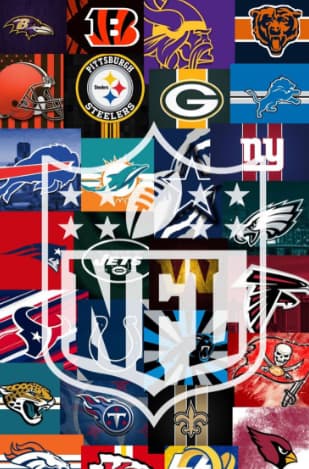
In-stadium advertising, digital media placements, and social media partnerships create additional revenue streams that complement traditional sponsorship deals.
The league’s ability to deliver targeted demographics and massive viewership numbers makes NFL sponsorships among the most valuable in professional sports.
These partnerships extend beyond simple advertising to include product integration, experiential marketing, and cross-promotional opportunities that benefit both the league and its corporate partners.
The sophisticated sponsorship ecosystem reflects the NFL’s evolution into a comprehensive entertainment and marketing platform.
Ticket Sales and Gameday Revenue
Individual teams generate significant revenue through ticket sales, premium seating options, and luxury suite rentals that cater to corporate clients and affluent fans.
While teams retain most gameday revenue, specific components are shared through the league’s revenue-sharing formula to maintain competitive balance.
Concessions, merchandise sales, and parking fees add substantial additional income that teams keep entirely.

Modern NFL stadiums function as year-round entertainment venues hosting concerts, corporate events, and other activities that generate revenue beyond football games.
These facilities represent billion-dollar investments that create jobs and economic activity in their communities while providing teams with diverse income sources.
The substantial infrastructure and operational costs associated with running professional football franchises underscore the league’s fundamentally commercial nature.
Merchandise Sales
Licensing agreements with apparel manufacturers, toy companies, and consumer goods producers generate hundreds of millions in annual revenue for the NFL and its teams.
The league’s brand recognition and fan loyalty create strong demand for officially licensed products ranging from jerseys and hats to home goods and collectables.
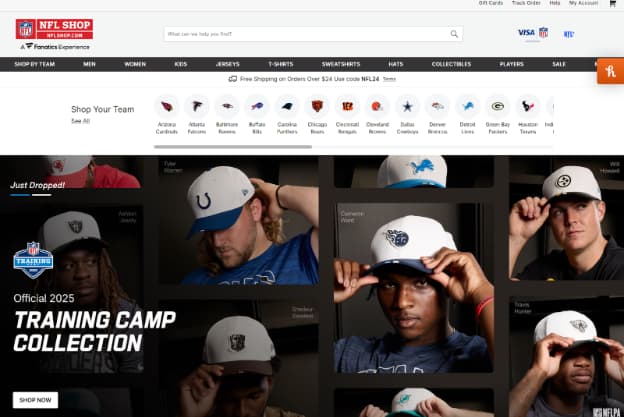
Direct sales through team stores, online platforms, and stadium retail locations provide additional revenue opportunities.
The NFL’s intellectual property portfolio includes team logos, player likenesses, and league trademarks that command premium licensing fees across numerous product categories.
This extensive merchandising operation requires sophisticated legal and business operations that resemble those of major consumer brands rather than traditional nonprofit organisations.
The scale and complexity of NFL merchandising operations further demonstrate the league’s commercial orientation.
Player Salaries And Operating Expenses
The NFL’s massive operational costs illustrate the substantial business nature of professional football, with player salaries alone exceeding $5 billion annually across all teams.
Team payrolls average over $200 million each, including salaries, bonuses, and benefits for players, coaches, and front office personnel.
League office expenses include officiating, security, legal services, and administrative costs that support the complex operations of a major sports enterprise.

Facility maintenance, travel expenses, equipment costs, and technology investments represent additional major expense categories that teams and the league office must manage effectively.
These substantial operational requirements demonstrate that the NFL functions as a sophisticated business enterprise with costs and complexity far exceeding typical trade associations.
The scale of these expenses reinforces why the league’s previous nonprofit status appeared inappropriate to critics and ultimately became unsustainable.
Related Read:
Conclusion: NFL’s For-profit Shift Aligns With Transparency And Growth!
The NFL’s shift from nonprofit to for-profit status reflects growing concerns about fairness, transparency, and public accountability in the face of its massive commercial success.
Although the league once operated tax-free as a trade association, rising criticism from taxpayers and lawmakers made this status increasingly difficult to justify.
In 2015, the NFL voluntarily gave up its nonprofit designation, aligning its structure with its true business nature.
Today, it operates as a fully taxable organisation, still generating huge revenues and contributing significantly to federal and state taxes.
This evolution shows how organisations must adapt to maintain trust and transparency in modern society.
FAQs
No, the NFL has operated as a fully taxable for-profit organisation since voluntarily giving up its tax-exempt status in 2015.
It originally qualified as a 501(c)(6) trade association coordinating teams.
The NFL saved only a few million dollars annually in taxes.
Most major sports leagues, like the NBA and MLB, are for-profit entities.
The NFL still carries out charitable work through its NFL Foundation.
